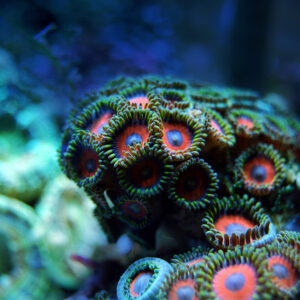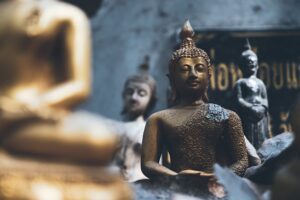
Answer: Gandhara school of art is one of the most important schools in ancient period of Indian history. Most of the art associated with Greco – Bactrain art where influences can be seed on art and architectures. Gandhara art is a style of Buddhist visual art that developed between the 1st century BCE and the 7th century CE in what is now northwestern Pakistan and eastern Afghanistan. The Scythians and the Kushanas, particularly Kanishka, were this school of art’s true supporters.
Gandhara art incorporates elements from Greco-Bactrian culture.
- Buddha most sculptures are influenced by Greek culture like his curly hair, half closed eyes, top knot and large eyes. Greek Gods was also same as structures.
- Other motifs of Gandhara are influenced by Roman art include cherubs bearing garlands, tritons, and centaurs.
- Most of the images shows symbolic expressions like sharpness, smooth surface expressive images are point of the attractions.
- Youthful Apollo-like face seen in Roman structures which shows Buddhas most of the structures not belonging to human like figure.
These are some examples of Gandhara arts, highlighted with Central Asian and Greco – Bactrian elements.


